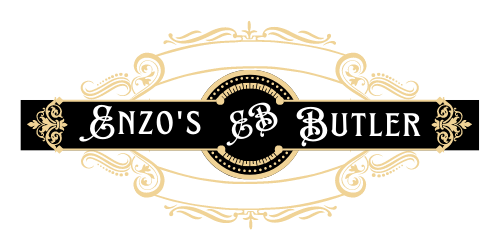Understanding the Expression 'Calculated Risk' and Its Role in Creativity
The expression 'calculated risk' is often heard in business, investment, and everyday decision-making scenarios. But what exactly does it mean, and how does it intersect with the realm of creativity? In this article, we'll explore the nuances of this idiom and examine how it plays a pivotal role in creative endeavors.
What is a 'Calculated Risk'?
A 'calculated risk' refers to a well-thought-out decision that involves an assessment and acceptance of the potential for loss or failure. Unlike a reckless gamble where consequences are either ignored or left to chance, a calculated risk involves a deliberate strategy. It's about weighing the pros and cons, analyzing the potential outcomes, and proceeding with an action that, while risky, has been determined to have a reasonable chance of success.
The term carries a sense of prudence and foresight. It implies that a person has done their homework, understands the possible repercussions, and believes the benefits outweigh the dangers.
Calculated Risk in Creativity
Now, let's delve into how this term applies to creativity. In the realm of the arts, innovation, and problem-solving, taking calculated risks is a crucial aspect of the creative process. Here's how calculated risks can fuel creative success:
Breaking the Mold
Creative work often demands stepping out of comfort zones and challenging the status quo. This inherently involves risk since offering something new or different can lead to rejection or criticism. However, by taking a calculated risk, creators evaluate the potential impact of their novel idea and decide that the possibility of advancing their art or work is worth the danger of stepping into the unknown.
"The playwright took a calculated risk by incorporating unconventional storytelling techniques into his new play, and it paid off with glowing reviews."
Innovation
Innovation cannot take place without the willingness to risk failure. By calculating the risk involved—considering the resources, effort, and the leap from conventional approaches—innovators can pioneer new products, services, or solutions that could revolutionize a market or industry.
"The tech startup took a calculated risk by investing in a new, untested technology, which eventually became a game-changer in the industry."
Constructive Feedback
Creativity also involves sharing one’s work with the world, where it will be subject to analysis, critique, and interpretation. For many, the thought of negative feedback is daunting, but by taking a calculated risk, creators can gain invaluable insights that may help them hone their craft even further.
"The musician released her experimental album to a select audience as a calculated risk, using the feedback to refine her sound before the official launch."
Personal Growth
Calculated risks push individuals to learn new skills and expand their perspectives. For those who engage in creative practices, risks might mean trying a new art form, writing in a different genre, or collaborating with someone who has a contrasting style. Such initiatives are calculated because the aim is growth, even if the creative project might not lead to immediate success.
"The artist took a calculated risk by venturing into digital art, which broadened his repertoire and attracted a new audience to his work."
In each of these cases, the emphasis is on the word 'calculated.' Whether it's in writing a novel with an unconventional plot, starting a business based on a novel idea, or restructuring a traditional form of art, the decision to proceed is not impulsive, but rather, it is informed by a strategic assessment of risk versus reward.
Conclusion
In summary, the expression 'calculated risk' signifies more than just making a bold move; it denotes a strategic decision made with full comprehension of the potential downsides and a rational belief in the likelihood of success. Within the creative sphere, taking calculated risks is an inherent part of the pursuit of innovation, artistic expression, and personal and professional development. By understanding the dynamics of this concept, creatives are better equipped to push boundaries and explore new horizons while maintaining a sense of direction and purpose.
